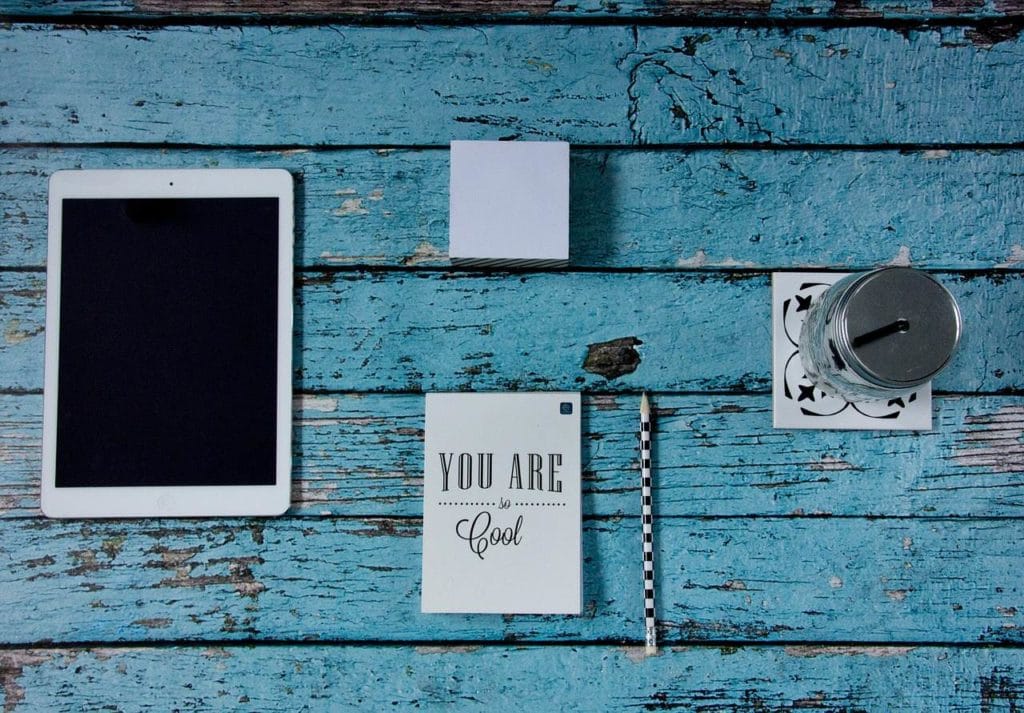What should you look for in photography business card templates? What factors matter more than others when looking for a tool to help you make your next business card?
Ease of Use
Templates hold the promise of simplifying the business card design process. However, not every business card template achieves this objective. Some make it painful to move an image a little to the left or change the border on a graphic. The ideal business card templates allow you to import graphics and image files with a click or two. It shouldn’t be a multi-stage process unless you’re doing something out of the ordinary.
Flexibility
The best business card templates are flexible. For example, they don’t force you to stick with their narrow selection of pre-approved graphics. They’ll allow you to scan in your logo or favorite photo and upload. They should allow you to select from a variety of layouts and fonts. An often under-appreciated aspect is printing. A number of printers offer business card templates but require you to place the order with them. The best service providers let you save the files and print them wherever you’d like.
Another variation of this is with regard to the storage of the business card file. Some business card templates allow you to make one version and save it, but photographers can benefit from having half a dozen versions, each with a different sample image. Printing options ideally include the ability to texture effects and choose from flat to glossy laminates. Special finishes like foil blocking or metallic inks help your business card stand out from the card, though this may require trial and error to find the ideal combination.
Creativity within Constraints
The best templates also minimize your potential mistakes, such as warning you when the text is overlapping a logo or graphic. They won’t let you run copy too close to the trim edge. They’ll warn you if the image file doesn’t have sufficient resolution to be reproduced without looking like a blurry photo.
As a photographer, you can’t afford to have blurry images or fonts on your business card. It is like showing a potential client an out-of-focus photo or one featuring your thumbprint as a demonstration of your work.
📖 More similar articles…
You should be able to choose from various fonts, but have it warn you if the font isn’t legible. It should give you the ability to choose from a wide palette but limit the design to CMYK since that’s what nearly every printer would use. Then your business cards come out looking like they did in the template program on your computer. The ideal card design templates have built-in grids so that every element is perfectly aligned. Choose rounded card edges over unusually angled cuts so that the card both stands out and resists torn corners. A good template will come with spell-checking, though this doesn’t eliminate the need to proofread your work. After all, it doesn’t know when you’ve entered the wrong phone number or address.



